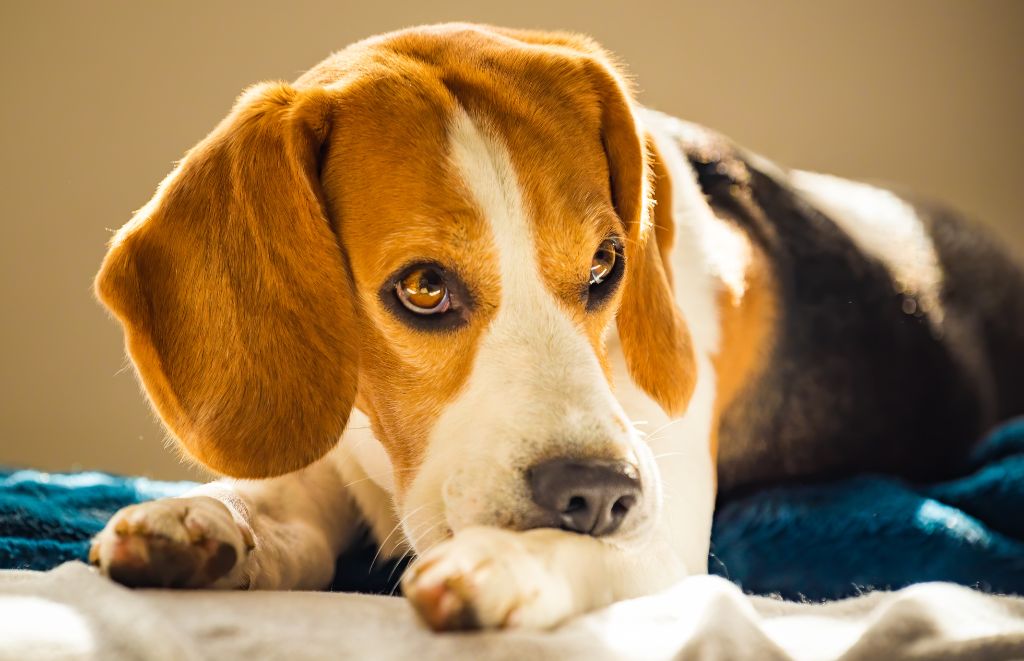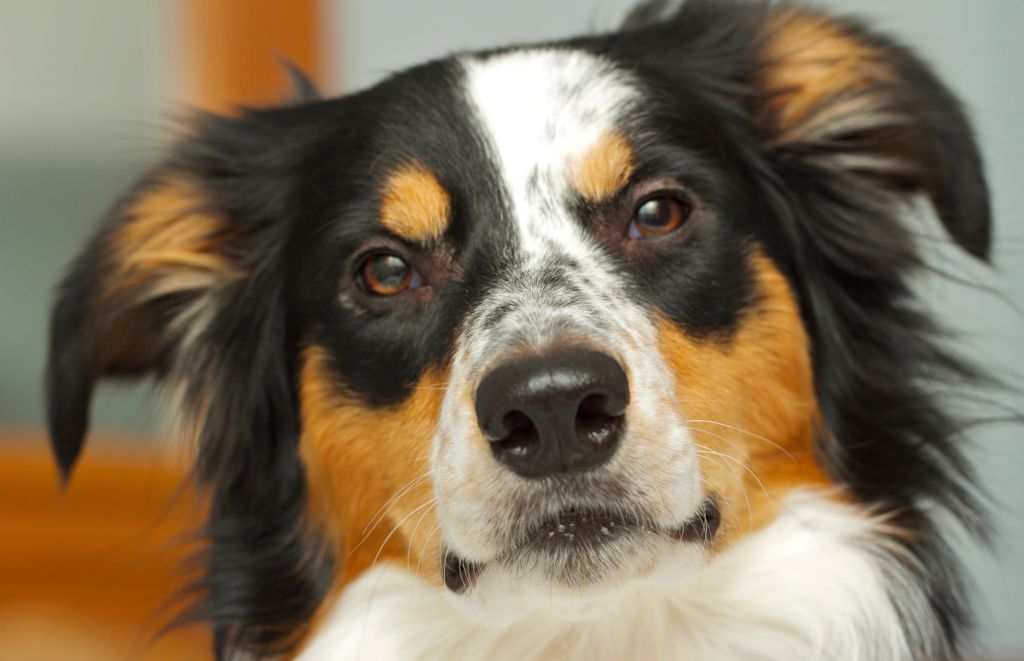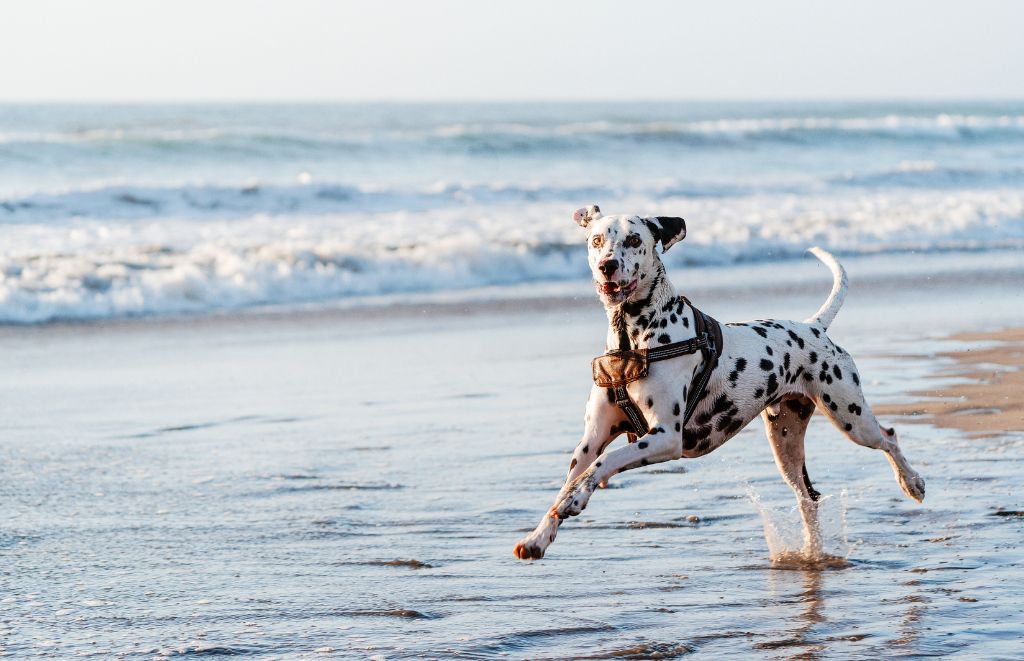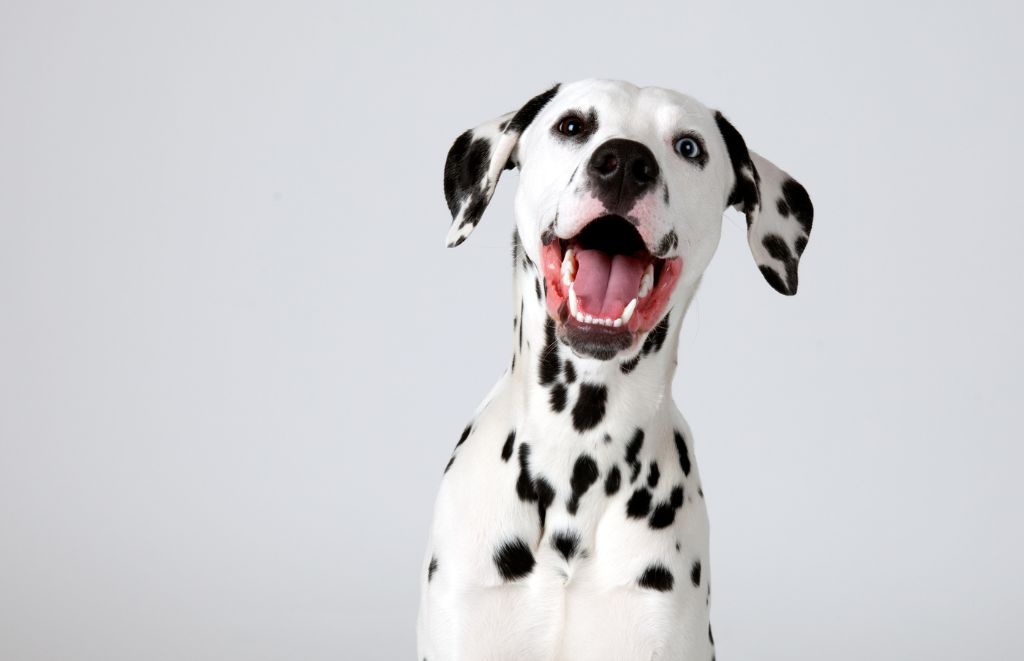If you’ve ever owned a Great Pyrenees or simply observed one in a snowy field, you know how much they love winter weather. Snowflakes seem to awaken something special in these majestic dogs, turning them into playful pups, bounding through the snow with joy. But what is it about the Great Pyrenees that makes them so at home in the cold and snow? Let’s explore this snowy love affair in detail.
What Makes Great Pyrenees Adapted to Cold Weather?
The Great Pyrenees were bred in the Pyrenees mountains, a region that stretches between France and Spain, where winters are long, harsh, and filled with snow. This environment shaped their physical characteristics, making them perfectly suited to withstand cold temperatures and snowy conditions.
One of the most important features of the Great Pyrenees is their thick, double-layered coat. The outer coat is long, dense, and somewhat coarse, acting like a weatherproof shield. It repels snow and rain, keeping the dog dry even in the worst of conditions. Beneath this outer layer is a soft, dense undercoat that provides insulation, trapping heat and keeping the dog warm.
Their large paws also play a role in helping them navigate snowy terrains. These paws are wide and sturdy, almost like built-in snowshoes, helping the dog walk through deep snow without sinking too much.
Finally, their overall size is another asset. Weighing between 85 and 100 pounds (and sometimes more!), Great Pyrenees dogs have the muscle and bulk to easily power through snow and cold, conserving energy as they do so.
How Do Great Pyrenees Behave in Snow?
If you’ve ever witnessed a Great Pyrenees in the snow, you know they practically transform. These gentle giants turn into playful, frolicking dogs the moment they hit that soft powder. Whether it’s rolling around, jumping in drifts, or chasing snowflakes, their behavior in snow is often a sight to behold.
This playfulness isn’t just a sign of their love for cold weather; it’s deeply rooted in their instinct. Bred to guard livestock in mountainous regions, snow was a normal part of their everyday lives. Snow-covered landscapes would have been their playground and their workplace. Their playful behavior is likely a reflection of their confidence and comfort in such conditions.
It’s not uncommon to see them digging into the snow, almost like they’re searching for something. This behavior may come from their guarding instincts, as they are used to being alert and watching over their territory, even in wintry conditions.
What Are the Benefits of Playing in the Snow for Great Pyrenees?
Snow play isn’t just fun for the Great Pyrenees—it’s also excellent for their physical and mental well-being. These dogs are large and energetic, so they need plenty of exercise. Playing in the snow provides an excellent workout. The resistance of the snow means they use more energy moving around, which helps to keep them fit and maintain muscle mass.
Mentally, the stimulation of exploring a snow-covered landscape engages their senses in a unique way. The new smells, textures, and sights all provide much-needed enrichment, which can help prevent boredom, especially during the colder months when regular exercise routines may be more limited.
At Printies, we know how much our furry friends love to play, and we believe every dog deserves the best accessories to enjoy their time in the snow. Our personalized dog collars, leashes, and even pet blankets are perfect for your snowy outings. Imagine your Great Pyrenees bounding through the snow, wearing a custom-made collar or snuggling up after playtime with a cozy blanket designed just for them. These little touches not only make your pet stand out but also enhance their snowy adventures.
-
 Great Pyrenees Personalized Dog Tag$18.07
Great Pyrenees Personalized Dog Tag$18.07 -
 Great Pyrenees Personalized Dog Pillow$23.50 – $26.50
Great Pyrenees Personalized Dog Pillow$23.50 – $26.50 -
 Personalized Great Pyrenees Dog Bowl$32.00 – $36.00
Personalized Great Pyrenees Dog Bowl$32.00 – $36.00
Are There Any Risks for Great Pyrenees in Cold Weather?
While Great Pyrenees thrive in cold weather, it’s important to be mindful of potential risks. Even the hardiest dogs can suffer from conditions like frostbite or hypothermia if they’re exposed to the cold for too long.
Frostbite tends to affect extremities like ears, paws, and the tip of the tail. Signs of frostbite include pale, cold skin that may turn black as it dies. Hypothermia, on the other hand, occurs when a dog’s body temperature drops too low. Symptoms include shivering, lethargy, and weakness.
To keep your Great Pyrenees safe in winter conditions, limit their time outside during particularly extreme weather, and ensure they have a warm place to retreat to. At Printies, we offer durable, high-quality pet beds and blankets that can help keep your dog cozy after their snowy adventures. Our products are designed with your pet’s comfort in mind, offering warmth and softness that will keep them happy and safe during cold days.
How Can Owners Encourage Safe Play in the Snow?
Encouraging safe play in the snow starts with knowing your dog’s limits. While the Great Pyrenees can handle cold weather much better than many breeds, it’s still important to keep an eye on them. Ensure that they’re moving around and not sitting still for long periods, as this could cause them to get cold faster.
Always monitor your dog’s behavior. If they start shivering or looking uncomfortable, it’s time to bring them inside. Additionally, make sure to provide them with plenty of water, as they can still get dehydrated, even in winter.
It’s also a great idea to use accessories to enhance both safety and fun. For instance, a personalized dog collar with reflective elements can help keep them visible during those snowy, cloudy days. Printies offers a range of customizable dog collars, ID tags, and leashes, so your dog can play safely in style.
What Are the Best Activities for Great Pyrenees in Snow?
So, what are some of the best ways to engage your Great Pyrenees in the snow? Here are a few activities that these dogs typically love:
- Snow Fetch: Simple yet effective. Throw a brightly colored ball or toy that stands out in the snow for your Great Pyrenees to retrieve.
- Snow Maze: Create a maze in the snow by shoveling paths. Your dog will enjoy running through and exploring the new layout, keeping them mentally stimulated.
- Tug-of-War: Using a durable, weather-resistant leash or toy, play a gentle game of tug-of-war in the snow. Printies offers sturdy, stylish dog leashes that are perfect for a little outdoor tugging fun.
- Snow Angels: Let your dog roll around and make their version of “snow angels.” They’ll enjoy the tactile sensation of the cold snow on their back.
These activities are not only great exercise but also help strengthen the bond between you and your dog. And after a good romp in the snow, there’s nothing like snuggling up on a cozy pet mat or blanket. Our personalized pet beds and blankets at Printies are perfect for those post-play naps, giving your Great Pyrenees the comfort they deserve.
Conclusion
The love that Great Pyrenees have for snow is ingrained in their very being. From their thick double coat to their playful spirit, everything about them is designed to thrive in cold, snowy environments. Snow provides both mental and physical enrichment for these majestic dogs, but it’s important to ensure they stay safe while enjoying winter’s beauty.
And whether it’s a personalized collar for their next snowy adventure or a cozy pet bed for warming up afterward, Printies has you covered. Our high-quality, customizable pet accessories are designed to bring out your dog’s individuality and enhance every part of their winter fun. So gear up, head outside, and let your Great Pyrenees enjoy the snowy season in style!
Sources and References
- Yauger, Madison. “10 Dog Breeds That Love the Snow.” Martha Stewart, 13 Jan. 2021, www.marthastewart.com/8040998/dogs-for-snow-and-cold-weather.
- Maria Azzurra Volpe. “Two Great Pyrenees Show How They Are Built for Snow: “Powdered Donuts.”” Newsweek, Newsweek, 10 Jan. 2024, www.newsweek.com/two-great-pyrenees-love-snow-video-1859425. Accessed 11 Sept. 2024.









